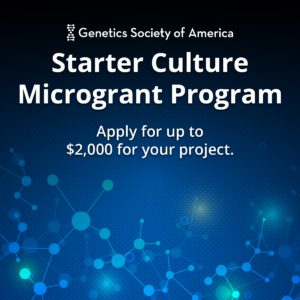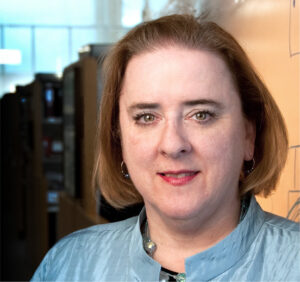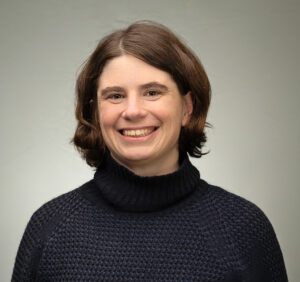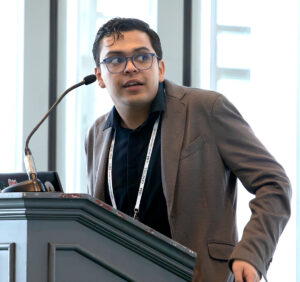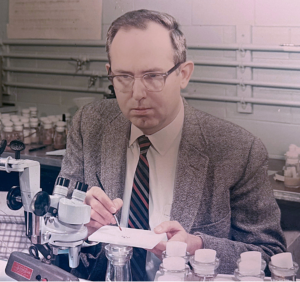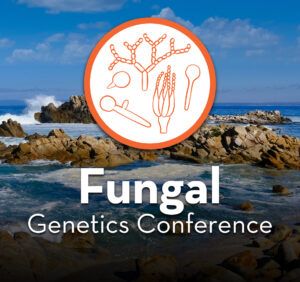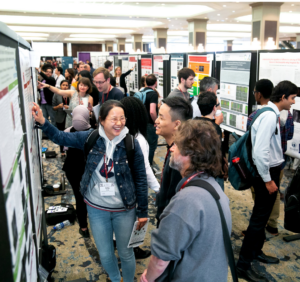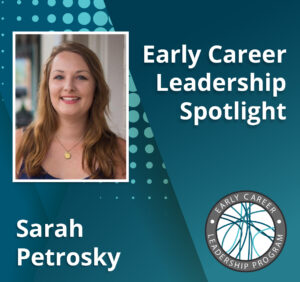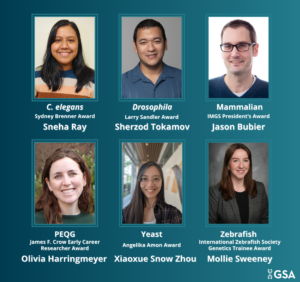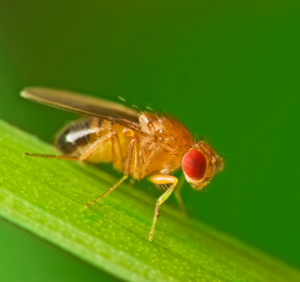Primers in GENETICS are intended as guides to help instructors use peer-reviewed articles in their classrooms when teaching about research methods and model organisms. These guides provide a road map that allows educators to use cutting-edge research published in the GSA Journal GENETICS to demonstrate core competencies in the classroom.
Beth De Stasio of Lawrence University has led the Primers initiative since 2012 as a special editor for GENETICS. Seeking to expand the commitment to this community contribution, GENETICS is formally creating a Primers section to be led by De Stasio in the role of Senior Editor.
Joining as Associate Editors are:
- Andrea Duina, Hendrix College
- David Loehlin, Williams College
- Peter Morrell, University of Minnesota
- Sarah Schaack, Reed College
- Josefa Steinhauer, Yeshiva University
- Bayly Wheeler, Rhodes College
The Primers team will work together to identify topics of interest and appropriate experts from whom to invite submissions. They will also oversee the peer-review process for these articles.
“I’m very excited that the utility of our Primers is being recognized and refreshed with six wonderful Associate Editors bringing their expertise and enthusiasm to the work! So many of us use Primers in our genetics courses to give students practice reading and interpreting primary literature, whether they will become practicing scientists, medical providers, or informed community members,” Beth De Stasio says, adding excitedly, “Onward!”
Two kinds of Primers are published in GENETICS. Each Research Primer is tied to a current article and lays out vital background before guiding the reader through the article’s hypothesis, methods, and conclusions. Each Model Organism Primer describes an experimental model organism, including its life cycle, history, tools, advantages, significance, and more. Model Organism Primers are especially useful when assigned to students alongside a Research Primer featuring that model organism. They are also useful for all researchers starting out in a laboratory and looking for background on their new study system.
Browse previous Primers on the GENETICS website and read on to meet the new Editorial Board members.
Senior Editor
Beth De Stasio, Lawrence University
Beth De Stasio earned her PhD in Biology and Medicine from Brown University working on E. coli ribosome structure and function following her BA in Biology from Lawrence University. She learned genetics as a post-doc at UW-Madison where she happily did research using C. elegans. De Stasio then started her own lab with undergraduate students at Lawrence University, supported by funding from the HHMI, National Institutes of Health (NIH), and the National Science Foundation (NSF), as well as instrumentation grants. She has taught genetics, introductory biology, molecular biology, developed a Senior Capstone course, and has worked in pre-health advising at Lawrence. In 2012, she was elected to a term on the GSA Board and had the opportunity to create the Primer series for GENETICS for which she has served as editor ever since. She has also worked with the ETS and College Board in various capacities, including development of the AP Biology curriculum and the AP exams for many years. She has received three teaching awards, including the Janet Anderson Award from the Midstates Consortium for Math and Science in 2025.
Associate Editors
Andrea Duina, Hendrix College
Andrea Duina is a Professor of Biology at Hendrix College, where he has been carrying out yeast genetics research with undergraduate students since 2004. He earned his PhD in Biochemistry, Molecular Biology, and Cell Biology at Northwestern University under the mentorship of Professor Richard Gaber and was a Damon Runyon Postdoctoral Fellow in the laboratory of Professor Fred Winston at Harvard Medical School. Following initial support from the Arkansas BRIN Program (now known as Arkansas INBRE), Duina’s research has since been funded through several grants from the NSF. The Duina laboratory leverages the power of Saccharomyces cerevisiae genetics to gain insights into chromatin biology, in particular as it relates to the highly conserved histone chaperone complex yFACT.
David Loehlin, Williams College
David Loehlin is an Associate Professor of Biology at Williams College, working at the interface of gene expression, gene structure, and evolution. His current research seeks to identify rules that explain why tandem duplicated genes in Drosophila often deviate in expression from the expected two-fold increase over a single copy. His lab combines experimental approaches to engineer gene structures with evolutionary analysis of natural variation. His past work has identified the genetic basis of adaptive species differences in alcohol adaptation in Drosophila and wing shape in Nasonia (parasitoid wasps).
Peter Morrell, University of Minnesota
Peter Morrell is a computational biologist at the University of Minnesota. Research in his lab focuses on genetic variation in plants. Two major areas of emphasis include the impact of domestication on patterns of polymorphism in domesticated species and the contribution of recombination to genetic variation and patterns of linkage disequilibrium. Current research projects include the examination of the genetic basis of climatic adaptation and the sequence-level effects of biotech treatments used in plant research and improvement.
Sarah Schaack, Reed College
Sarah Schaack is an evolutionary geneticist who studies mutations, particularly those caused by transposable elements, and genome evolution. Her work centers around estimating mutation rates and the effects of spontaneous mutations across different types of mutation, often using Daphnia as a model system for experimental evolution. Schaack is a Full Professor and holds the Howard Vollum Chair in Biology at Reed College.
Josefa Steinhauer, Yeshiva University
Josefa Steinhauer earned her BS in Biology at Case Western Reserve University and her PhD in Biological Sciences at Columbia University. Her doctoral project in the lab of Dan Kalderon focused on axis specification in the Drosophila oocyte. Steinhauer went on to postdoctoral studies in the lab of Jessica Treisman at the Skirball Institute of NYU Langone Medical Center, where she began investigating how phospholipid metabolism enzymes impact development. She joined the faculty of Yeshiva University in 2011, where she is now a Professor of Biology. The Steinhauer lab has continued investigating how phospholipid metabolism enzymes affect germ cell development and aging in the fly model and participates in numerous collaborative projects researching various aspects of gametogenesis. Undergraduate research training is at the heart of Steinhauer’s career, with over 120 students trained through apprenticeships in her lab and via her Genetics and Molecular Biology courses.
Bayly Wheeler, Rhodes College
Bayly Wheeler is an Associate Professor of Biology at Rhodes College studying how genetically identical cells establish and maintain different patterns of gene expression. She received her BSE in Biomedical Engineering from the University of Michigan, Ann Arbor, and her PhD in Genetics and Genomics from Duke University. As a graduate student in Hunt Willard’s lab, she identified genetic and epigenetic factors that control the propagation of heterochromatin in fission yeast. Her interest in epigenetics led her to Barbara Meyer’s lab at the University of California, Berkeley, where she studied the epigenetic control of gene expression across the C. elegans X chromosome. At Rhodes College, the Wheeler lab explores position effect variegation in fission yeast using molecular, genetic, and genomic tools.
Visit the Primers section page to learn more and don’t hesitate to submit your research—we look forward to reviewing your submissions!







